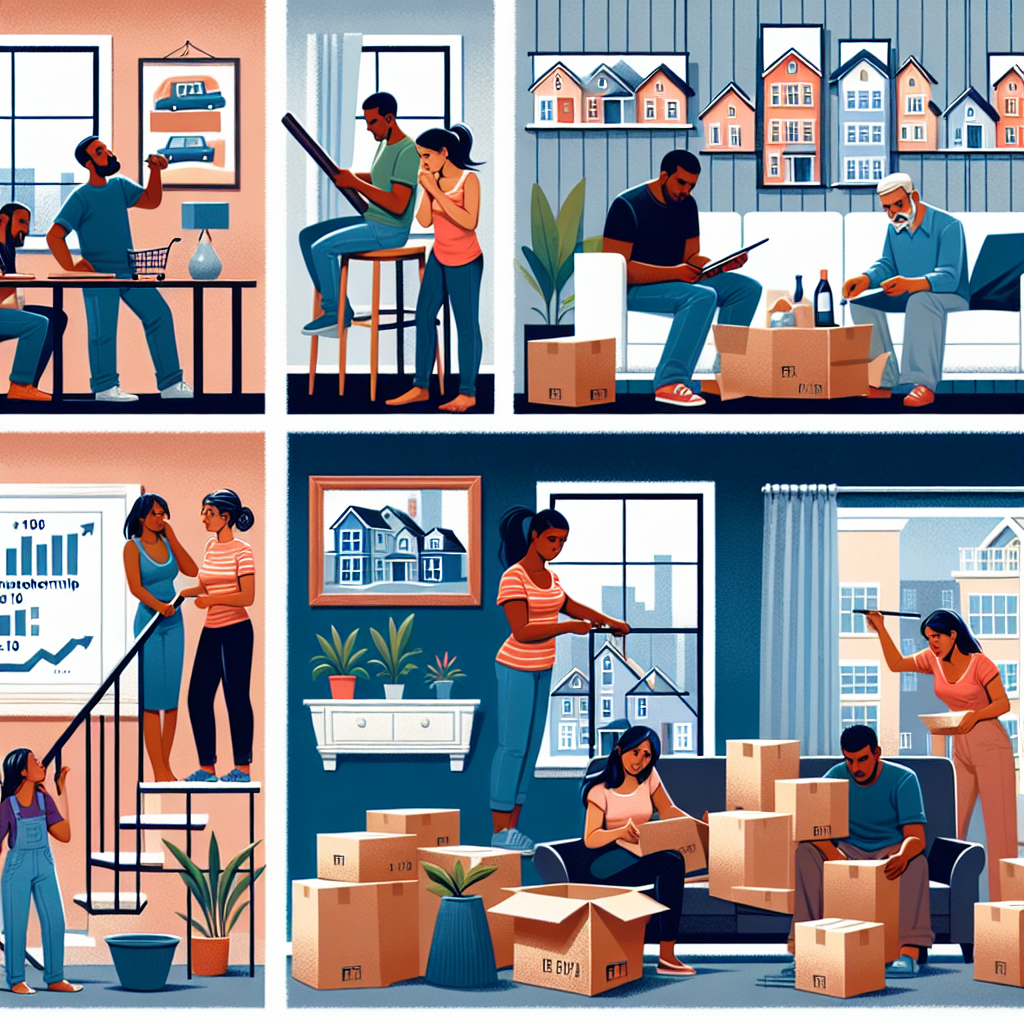Increase in Renter Households Amid Rising Homeownership Expenses
The landscape of housing in many countries is undergoing a significant transformation. As homeownership expenses continue to rise, more individuals and families are opting to rent rather than buy. This shift is reshaping communities and altering the traditional view of the American Dream, which has long been associated with owning a home. This article explores the factors contributing to the increase in renter households and the implications of this trend.
Factors Driving the Increase in Renter Households
Several factors are contributing to the growing number of renter households. These include escalating home prices, higher mortgage rates, and changing lifestyle preferences. Understanding these elements is crucial to comprehending the broader housing market dynamics.
Escalating Home Prices
One of the primary reasons for the increase in renter households is the rapid rise in home prices. According to the National Association of Realtors, the median existing-home price for all housing types in the United States was $359,900 in 2022, a 15% increase from the previous year. This surge in prices has made homeownership unattainable for many, particularly first-time buyers.
Higher Mortgage Rates
In addition to rising home prices, mortgage rates have also been on the rise. The Federal Reserve’s efforts to combat inflation have led to increased interest rates, making borrowing more expensive. As a result, potential homebuyers face higher monthly payments, which can be prohibitive for those on a tight budget.
Changing Lifestyle Preferences
Beyond financial constraints, lifestyle preferences are also influencing the decision to rent. Many millennials and Gen Z individuals prioritize flexibility and mobility, which renting can offer. Renting allows them to relocate easily for job opportunities or personal reasons without the burden of selling a home.
Implications of the Shift Towards Renting
The increase in renter households has several implications for the housing market and society at large. These include changes in urban development, shifts in community demographics, and potential impacts on the economy.
Urban Development and Infrastructure
As more people choose to rent, there is a growing demand for rental properties, particularly in urban areas. This demand is driving the development of new apartment complexes and multi-family housing units. Cities are also investing in infrastructure to support higher population densities, such as public transportation and community amenities.
Shifts in Community Demographics
The rise in renter households is leading to changes in community demographics. Areas that were once predominantly owner-occupied are seeing an influx of renters, which can alter the social fabric of neighborhoods. This shift can lead to a more transient population, affecting community engagement and local politics.
Economic Impacts
The trend towards renting can have broader economic implications. On one hand, it can lead to increased consumer spending, as renters may have more disposable income without the financial burden of a mortgage. On the other hand, it can also contribute to wealth inequality, as homeownership has traditionally been a primary means of building wealth.
Case Studies and Examples
Several cities across the United States exemplify the trend towards increased renter households. For instance, in San Francisco, the high cost of living and limited housing supply have led to a significant renter population. Similarly, in New York City, the demand for rental properties remains strong due to the city’s dynamic job market and cultural attractions.
- San Francisco: Known for its tech industry, San Francisco has seen a surge in rental demand as home prices soar beyond the reach of many residents.
- New York City: With its diverse job opportunities and vibrant lifestyle, New York City continues to attract renters from across the globe.
Conclusion
The increase in renter households amid rising homeownership expenses is a multifaceted trend with significant implications for the housing market and society. As home prices and mortgage rates continue to climb, renting offers a viable alternative for many individuals and families. This shift is reshaping urban development, altering community demographics, and impacting the economy. Understanding these dynamics is essential for policymakers, developers, and individuals navigating the evolving housing landscape.



